Last updated on November 14th, 2024 at 06:01 am
One dessert from Latin American cuisine that comes to mind when thinking about rich, creamy, and decadent desserts is quesillo. Because of their similar look, quesillo and flan are frequently confused, but quesillo is a culinary treasure with its own distinct texture and flavor. Quesillo, a caramelized custard with Venezuelan origins, is a rich, smooth delicacy made from basic components like eggs, milk, sugar, and vanilla. Its flavor is unique.
We’ll go into its origins, preparation methods, varieties, and serving suggestions for the ideal quesillo in this blog. This book offers everything you need, whether you’re seeking for an accurate recipe or unique takes on the traditional.
Pairing Quesillo with Other Desserts
Even while quesillo is a delicious delicacy by itself, it tastes even better when combined with other sweet delicacies. Orange Creamsicle Ice Cream is a great choice for a refreshing ice cream to go with it. Your palate will be delighted by the delightful contrast created by the creamy richness of the quesillo and the zesty flavor of the ice cream.
What is Quesillo?
The traditional dessert quesillo is most often connected to Venezuela. It’s a custard-based dessert that resembles flan in texture but differs slightly from it. Even while the dish itself contains no cheese, the word “quesillo” truly means “little cheese” in Spanish. This texture, which is a little “holey” like Swiss cheese, is perhaps the reason for the name.
To make the dish, caramelize sugar in a mold and then cover the caramel with a mixture of eggs, vanilla, and sweetened condensed milk. After that, it is baked in a water bath to guarantee uniform baking and avoid cracking.
Quesillo differs from flan in that it has a distinct texture. Quesillo has a slightly lighter texture than flan because of the beaten eggs that infuse the custard with tiny air bubbles.
The History of Quesillo
It is thought that quesillo first appeared in Venezuela during the time of Spanish colonization. Its origins are related to those of the classic Spanish dessert flan. Quesillo originated when the Spanish colonists modified their cooking methods to use the native ingredients of Venezuela. It developed into a traditional dessert over time for important occasions like weddings and birthdays.
One of the most beloved desserts in Venezuelan homes till now is quesillo. Each family has their own variation of the dish, with some adding rum or coconut milk for a fuller flavor.
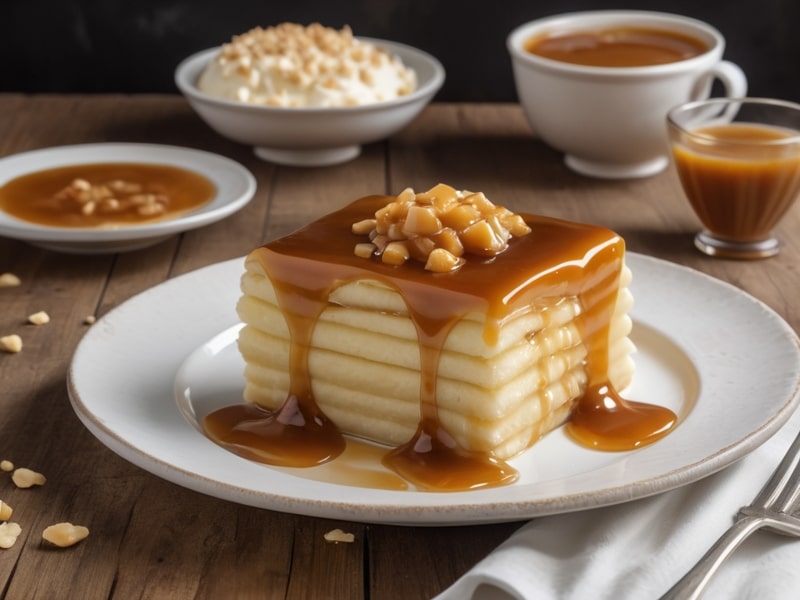
Quesillo – Venezuela’s Creamy Caramel Delight
Equipment
- Round cake pan
- Saucepan (for caramelizing sugar)
- Blender (for mixing custard)
- Baking dish (for water bath)
Ingredients
- 1 cup sugar (for caramel)
- 6 large eggs
- 1 can (14 oz) sweetened condensed milk
- 2 cups whole milk
- 2 tsp vanilla extract
- Pinch of salt
Instructions
Caramelize the Sugar
- Place 1 cup of sugar in a small saucepan over medium heat. Stir until melted and golden. Pour caramel into the bottom of a round cake pan, swirling to coat.
Prepare the Custard
- In a blender, combine eggs, sweetened condensed milk, whole milk, vanilla extract, and a pinch of salt. Blend until smooth.
Pour and Set Up for Baking
- Pour the custard mixture over the caramel in the pan. Cover with foil. Place the cake pan in a larger baking dish and fill halfway up with hot water.
Bake
- Preheat oven to 350°F (175°C) and bake for 1 hour. Check for doneness by inserting a toothpick into the center—it should come out clean.
Cool and Serve
- Let the quesillo cool to room temperature, then refrigerate for at least 4 hours. When ready to serve, run a knife around the edges, place a plate on top, and invert the quesillo onto the plate.
Notes
Cultural Significance of Quesillo
In Venezuelan culture, quesillo is more than just a dessert; it’s a symbol of tradition, family get-togethers, and festivities. Quesillo, which is frequently offered at celebratory events like birthdays, marriages, and holidays, encourages relationships amongst diners by bringing them together over shared memories and experiences.
The recipe for quesillo is handed down through the generations in many Venezuelan homes, with each family adding their own special twist. In addition to protecting culinary legacy, this custom fortifies family ties as loved ones get together to savor this popular dessert. As a pleasant way to cap off a filling dinner or as a typical component in informal get-togethers, quesillo is also a favorite of many Venezuelans when served with a side of coffee.
Beyond Venezuela, quesillo has become more and more well-known in recent years, making an appearance on menus at Latin American eateries and winning over dessert enthusiasts everywhere. Quesillo presents Venezuela’s vast gastronomic landscape and is a lovely introduction to the country’s gastronomy for those who are interested in trying out different cuisines.
See this AllRecipes recipe for Quesillo for a more thorough recipe.
Common Mistakes to Avoid When Making Quesillo

Although it’s not too difficult to make quesillo, there are a few blunders that can provide unsatisfactory outcomes. To ensure that your quesillo always turns out flawlessly, avoid these frequent pitfalls:
- Overcooking the Custard: Overcooking the custard is a typical mistake that can result in a rubbery texture. Watch how long the food is cooking and check its doneness with a toothpick. The center of the custard should be set but still somewhat jiggly.
- Ignoring the Water Bath: If you neglect the water bath, your food may cook unevenly and crack. In order to ensure that your quesillo cooks evenly, the water bath helps maintain a mild cooking temperature.
- Using Cold Ingredients: Before combining, make sure your milk and eggs are at room temperature. When sugar is added to cold components, it might solidify and create lumps in your custard.
- Not Letting It Cool: Having patience is essential! To get the perfect texture, it is essential to let the quesillo cool to room temperature before putting it in the refrigerator. It can produce condensation if you refrigerate it while it’s still warm, which will impair the finished product.
- Ignoring the Inversion Step: For optimal presentation, after baking, flip the quesillo onto a dish by slicing a knife over the sides. Ignoring this step may result in a sloppy serve or possibly a cracked quesillo.
You may become an expert at preparing quesillo and wow your friends and family with your culinary prowess by steering clear of these typical blunders.
Quesillo vs. Flan: What’s the Difference?
Despite their apparent similarities in appearance, there are some significant distinctions between quesillo and flan. Both are well-liked desserts. Flan has a slightly harder consistency and a smooth, velvety texture; it originated in Spain. Usually, only a few eggs are used in its preparation, giving it a creamier consistency.
Conversely, because there are more eggs used in the recipe, quesillo has a lighter and airier texture. The extra eggs provide the custard little air pockets that give quesillo its distinctive “holey” feel, which is similar to that of cheese. The reason quesillo looks “cheese-like” even though it doesn’t contain cheese is because of this.
Furthermore, the use of sweetened condensed milk gives quesillo a flavor that is somewhat deeper than flan and gives it a depth and sweetness that flan doesn’t usually have.
Fun Variations of Quesillo
After you’ve perfected the traditional quesillo recipe, you can try out fun modifications based on your preferences or the situation. Here are a few enjoyable choices:
- Coconut Quesillo: To give the custard mixture a tropical flavor, stir in one cup of coconut milk. The caramel and coconut’s delicate sweetness combine to create a delightfully cool twist.
- Chocolate Quesillo: Before baking, incorporate the melted half-cup dark chocolate into the custard mixture. As a result, the dish has a deep, decadent chocolate flavor that complements the caramelized sugar to perfection.
- Coffee Quesillo: Before blending the milk and eggs, dissolve two teaspoons of instant coffee in it. This produces a tasty quesillo with a coffee flavor that goes well with an espresso.
Tips for Serving Quesillo
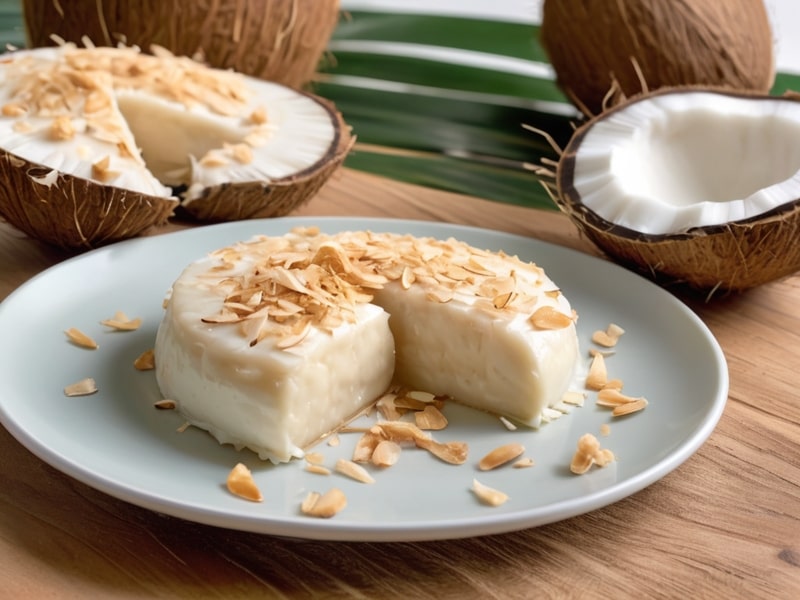
Presentation matters a lot while serving quesillo. This delicacy is visually striking due to the gorgeous glossy finish created by the caramelized sugar on top. Here are some ideas for serving:
- Garnish with Fresh Fruit: To add a pop of color and a bit of tartness to counterbalance the sweet custard, top the quesillo with sliced mangoes, fresh berries, or a few citrus segments.
- Whipped Cream: For an added touch of decadence, top each slice with a dollop of whipped cream.
- Nuts: Toasted almonds, pecans, or coconut flakes work well as a topping to provide a crunch to the creamy custard.
Nutritional Information of Quesillo
Unquestionably rich dessert, quesillo is a delight best enjoyed in moderation. An approximate nutritional breakdown for one serving (1/8 of the recipe) is provided below:
Nutrition ( Per Serving )
- Calories: 250
- Total Fat: 9g
- Saturated Fat: 5g
- Cholesterol: 130mg
- Carbohydrates: 35g
- Sugars: 33g
- Protein: 7g
Because of the eggs, quesillo has a modest amount of protein while being heavy in fat and sugar. You can try making a lighter version by replacing some of the whole milk with a reduced-fat milk, but the texture may change significantly as a result.
Faqs About Quesillo
1. Can I make quesillo ahead of time?
Indeed! Quesillo is the ideal dessert to prepare in advance. It can be made the day before and kept fresh for up to three days in the fridge. In fact, since the tastes have had more time to mix, it’s usually better the next day.
2. How do I prevent my quesillo from cracking?
The secret is to bake the quesillo in a water bath for a smooth, crack-free texture. This keeps the custard from drying out and guarantees gentle, even cooking.
3. What should I do if my caramel hardens before I pour the custard?
Don’t worry if the caramel hardens in the pan before you pour the custard on top; it will melt and create a sauce on top of the custard as the quesillo bakes.
4. How do I store leftover quesillo?
Leftover quesillo will keep for up to 3 days in the refrigerator, but it’s best consumed within the first 2 days. Store tightly covered with plastic wrap or foil.
5. Can I freeze quesillo?
You can freeze quesillo, but when it thaws, the texture might get a little grainy. To freeze, wrap individual slices in plastic wrap and store them in an airtight container. Before serving, let it thaw in the fridge for a whole night.

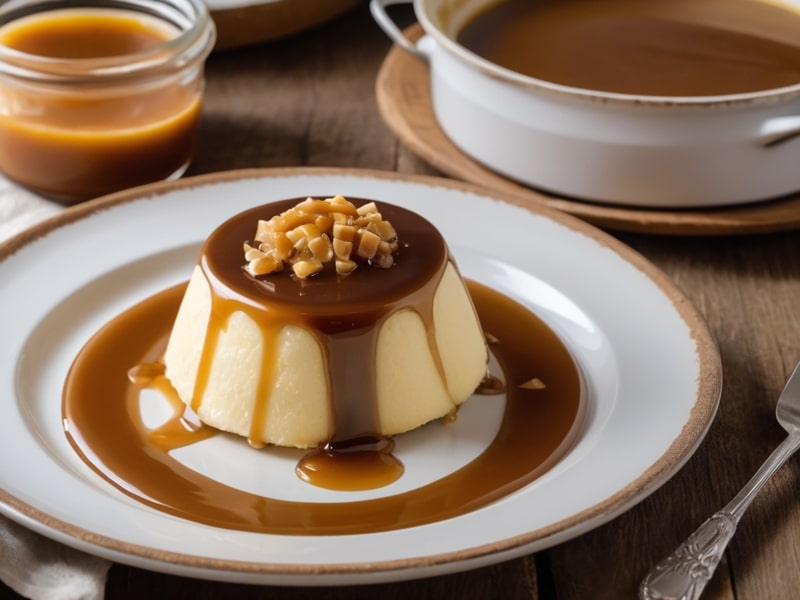

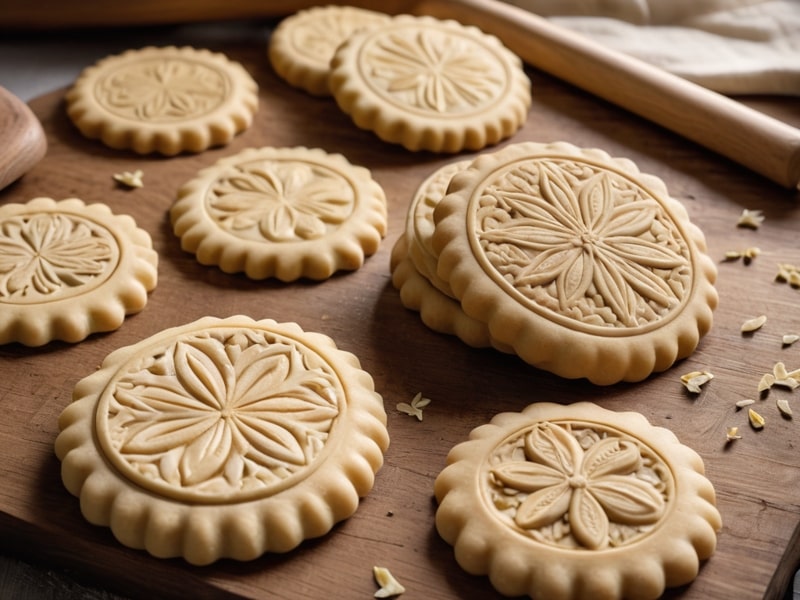
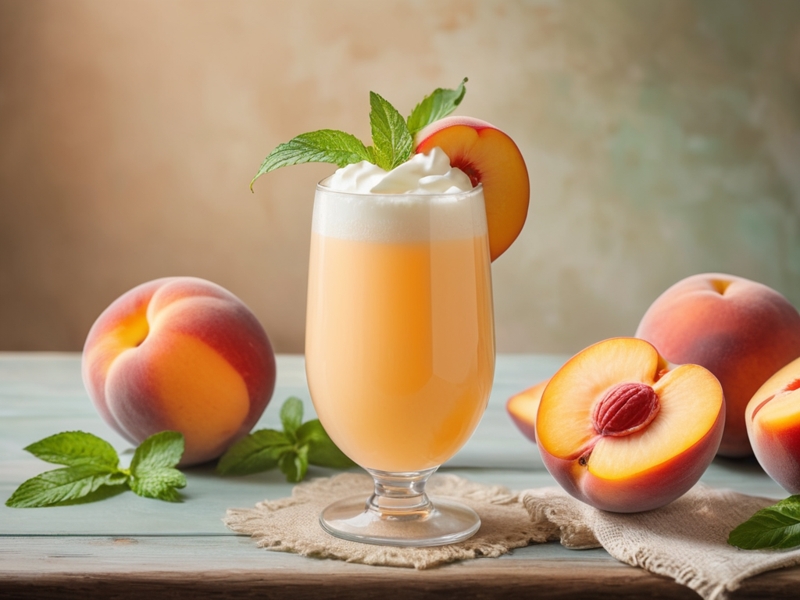
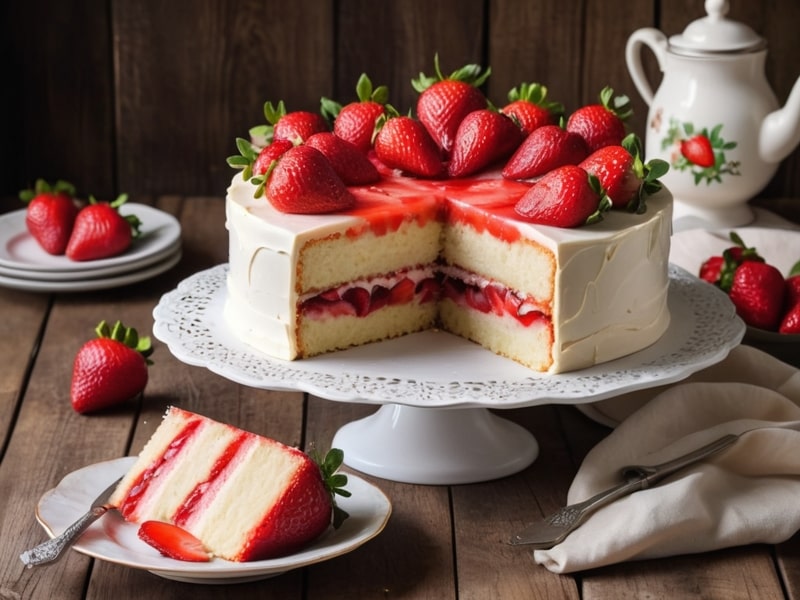
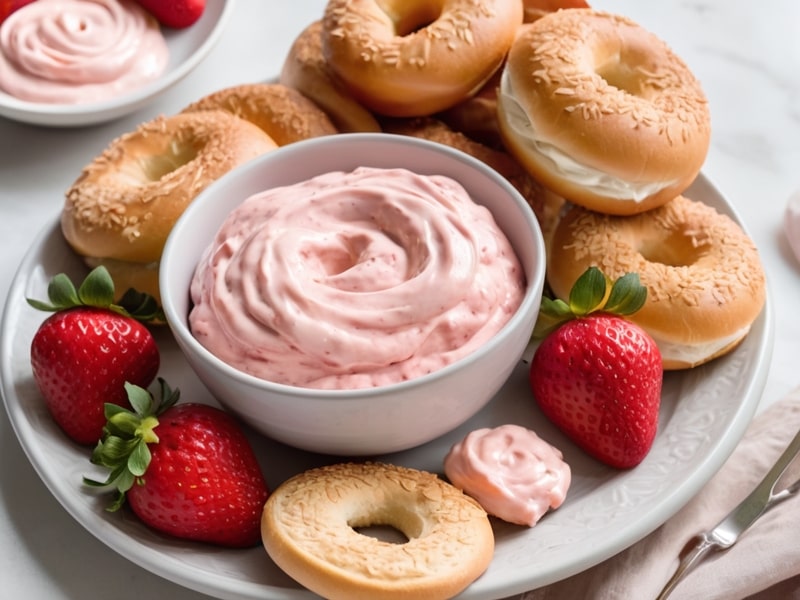
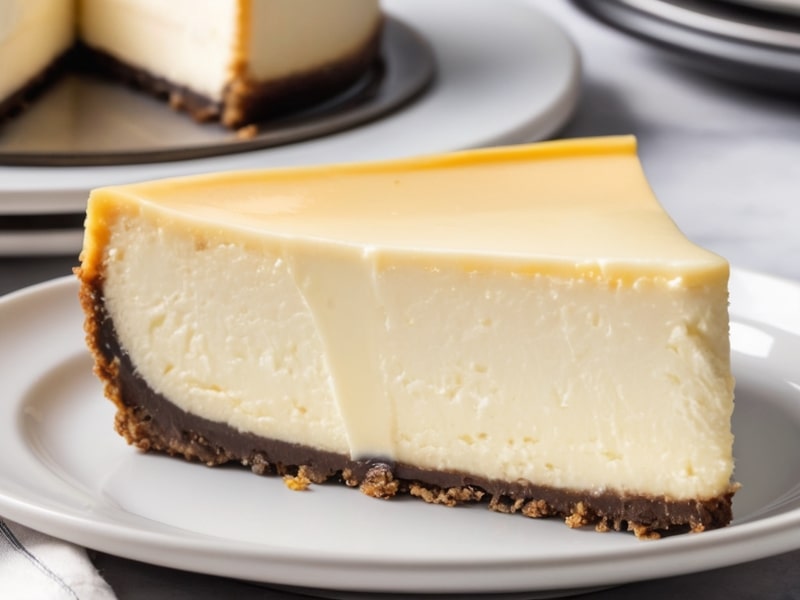
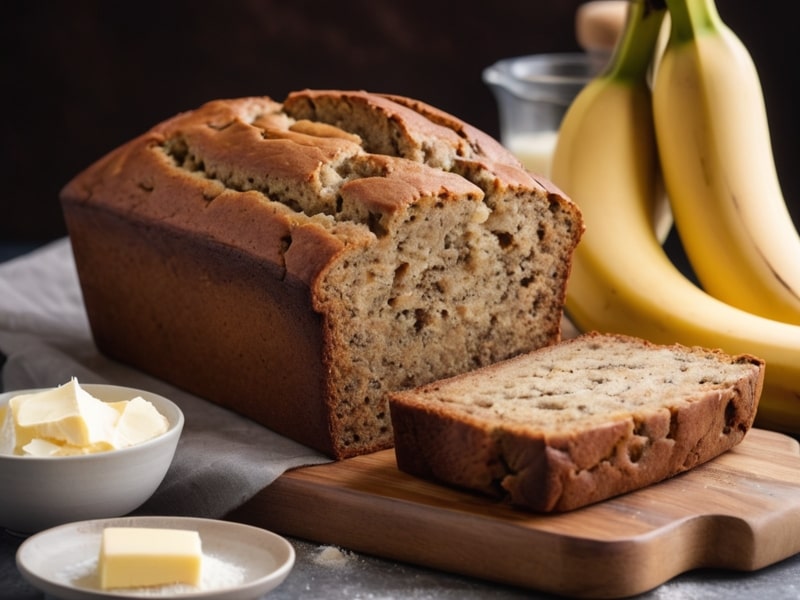
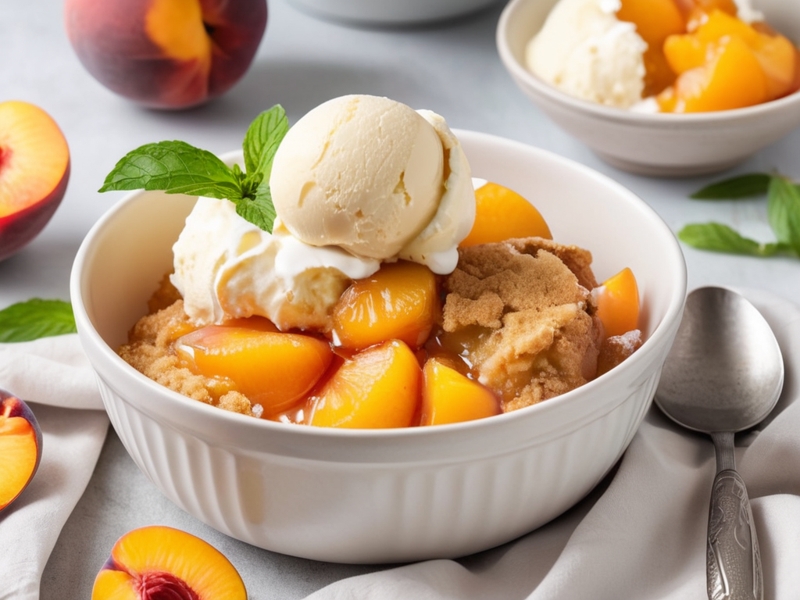


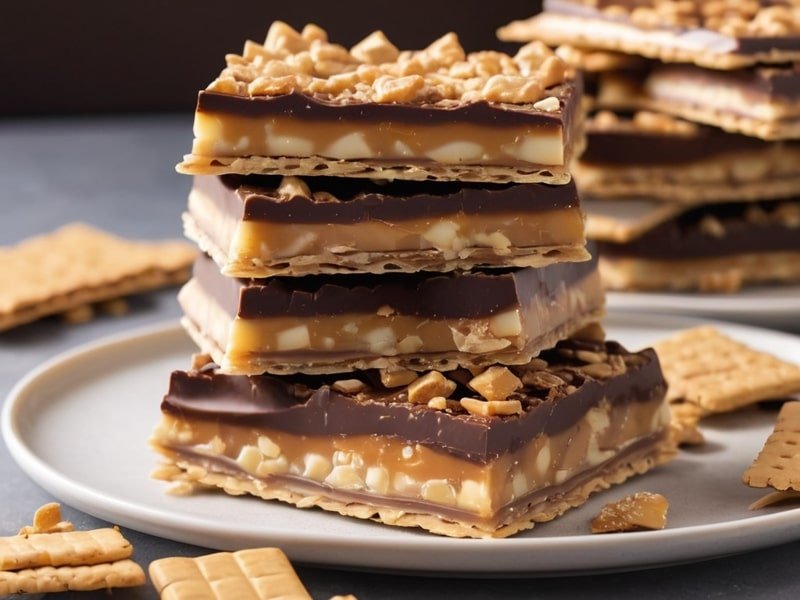
Pingback: Strawberry Cake Filling Recipe: Quick & Easy